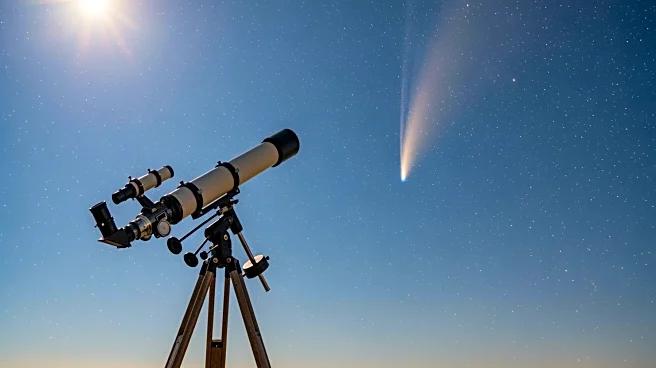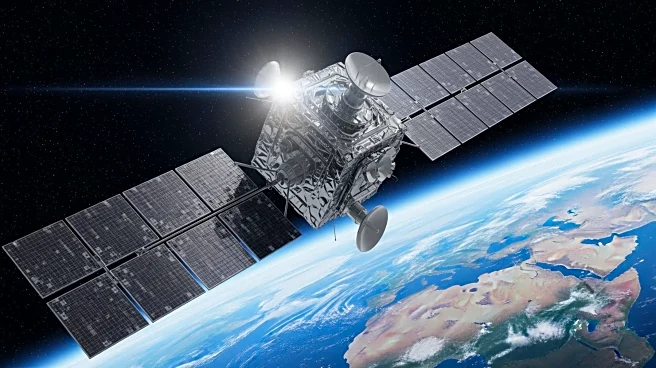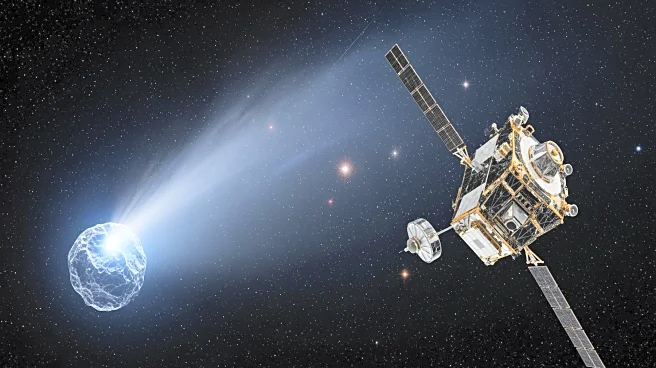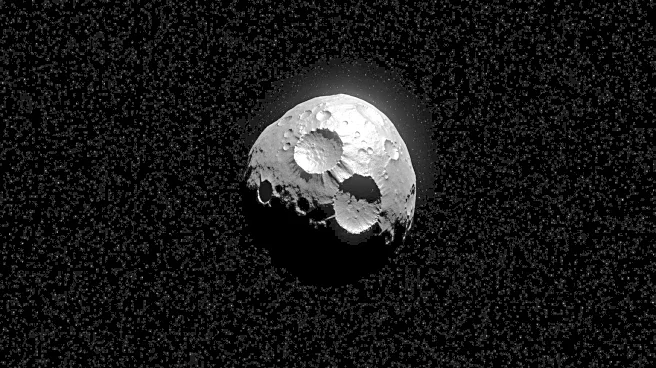What's Happening?
In early September 1882, a comet was sighted from the Cape of Good Hope in South Africa, which brightened significantly over the following weeks. David Gill, the director of the Cape Observatory, began
photographing the comet on October 12, after completing observations of minor planets. His most notable photograph was taken on November 7, 1882, with a 100-minute exposure that captured stars down to the 10th magnitude and the comet's extensive 18-degree tail. This photograph demonstrated the potential of astrophotography for detailed star mapping, leading Gill to initiate the Cape Photographic Durchmusterung project, cataloging nearly half a million southern stars.
Why It's Important?
David Gill's work marked a significant shift in astronomical practices, moving from manual star mapping to photographic methods. The success of his astrophotography demonstrated the efficiency and comprehensiveness of photographic techniques, prompting international interest and leading to the world's first major astronomical conference. This transition allowed astronomers to map stars more accurately and efficiently, influencing the development of modern astronomical practices and technologies.
What's Next?
The Cape Photographic Durchmusterung project initiated by Gill set a precedent for future astronomical endeavors, encouraging the use of photography in star mapping globally. As a result, astronomers worldwide began adopting photographic techniques, which have since evolved with advancements in technology, further enhancing the precision and scope of astronomical research.
Beyond the Headlines
Gill's pioneering work in astrophotography not only transformed star mapping but also highlighted the importance of technological innovation in scientific research. This shift underscored the potential for technology to expand human understanding of the universe, paving the way for future discoveries and advancements in astrophysics.












